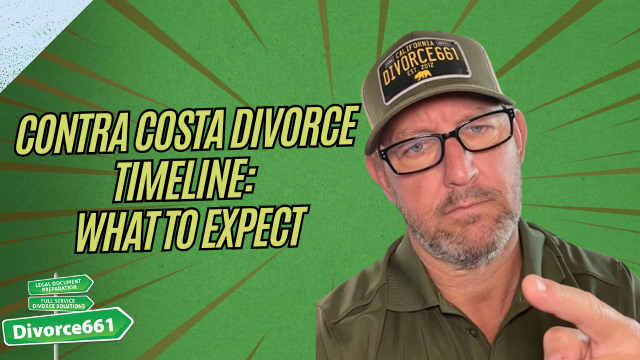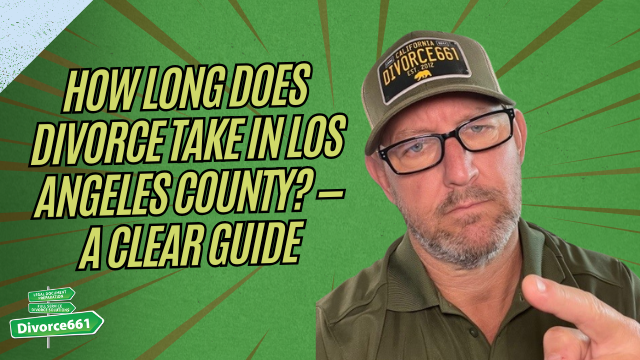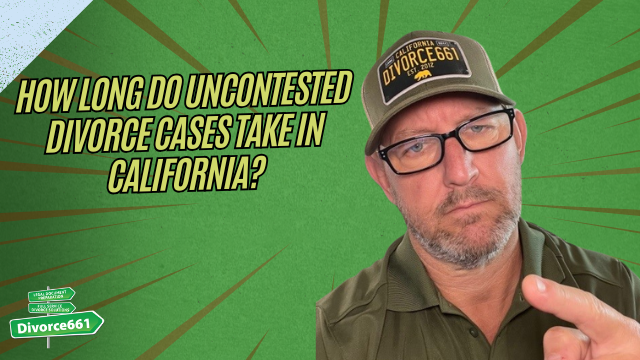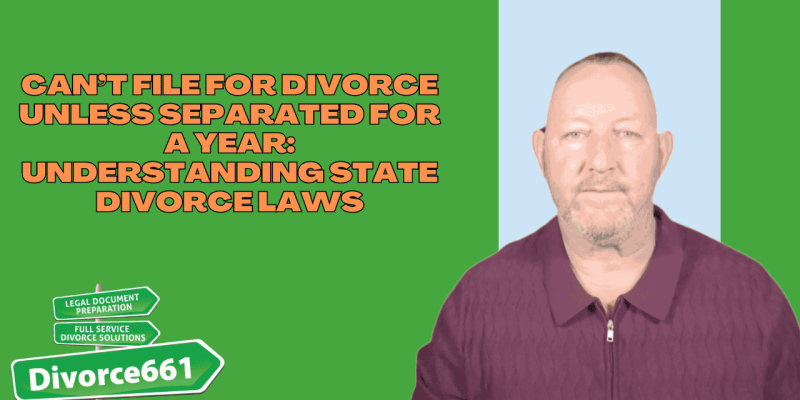Contra Costa Divorce Timeline: What to Expect
Hi, I’m Tim Blankenship from Divorce661. In this post I’ll walk you through the Contra Costa County divorce timeline—what starts the clock, the mandatory waiting period, the paperwork you must exchange, and practical tips to keep your case moving as quickly as the law allows.
The six‑month waiting period: what it is and when it starts
The 6-month rule isn’t just a formality. It’s designed to ensure both parties have ample time to reconsider and negotiate terms.
In California there is a mandatory six-month waiting period before a divorce can be finalized. That countdown begins only after your spouse has been properly served with the petition or has filed a response. Until service is completed, the clock doesn’t start.
Step-by-step timeline: From filing to final judgment
1. File the petition and summons
Filing the petition and summons is your first official step. This creates the case in the court system, but remember: filing alone doesn’t start the six‑month wait. You must move on to proper service.
2. Service: trigger the six‑month clock
Proper service is critical. The six‑month countdown begins when your spouse is served (or when they file a response). Mistakes in service—incorrect methods, bad addresses, or missing paperwork—can delay the entire process. Make sure service is handled correctly and documented.
3. Exchange financial disclosures
Both spouses are required to exchange complete financial disclosures, even when you’re in agreement. This includes income, assets, debts, and any other relevant financial information. Skipping this step or providing incomplete disclosures can result in the court rejecting your judgment.
Why disclosures matter:
- They protect both parties by documenting what each side knows about finances.
- They’re required by law—failure to comply can cause delays or penalties.
- Accurate disclosures smooth the path to final judgment.
4. Submit the judgment package (after 31 days)
Once disclosures and other paperwork are in order, you can prepare and submit your judgment package. Typically, you can file the judgment packet at least 31 days after filing the original petition. If everything is accurate, Contra Costa courts generally process and approve judgment packages efficiently.
A real client example: approved early, waiting on the clock
We recently worked with a Contra Costa couple who completed all required steps in about 30 days. Their judgment package was submitted and approved weeks ahead of the six‑month mark—so the only thing left was to wait for the mandatory waiting period to pass. That example shows how organization and timely action can get you as close to “done” as the law allows.
Tips to avoid delays and move your case along
- Service first: Confirm proper service methods and proof of service immediately after filing.
- Complete disclosures: Prepare accurate, thorough financial disclosures—don’t treat them as optional.
- Check documents before filing: Small errors can cause rejections or requests for corrections.
- Track deadlines: Know the 31‑day timing for the judgment packet and the six‑month finalization rule.
- Stay organized: Keep copies, receipts, and proof of service handy to speed court review.
How Divorce661 helps
At Divorce661 we provide a full-service, flat‑fee divorce solution for amicable couples in California—specializing in Contra Costa County. We handle filing, service coordination, disclosures, and preparing the judgment package. Our goal is to keep your case on track so it finalizes as quickly as the law permits.
What we offer:
- Flat‑fee services with no unnecessary court appearances
- End‑to‑end support: filing, serving, disclosures, judgment
- 100% online process and expert guidance on local court rules
Conclusion
The six‑month waiting period in California is non‑negotiable, but with proper service, complete financial disclosures, and accurate paperwork you can get everything approved well before that deadline—leaving only the mandatory wait. If you want help staying organized and moving your case along promptly, visit Divorce661.com to schedule a free consultation.










